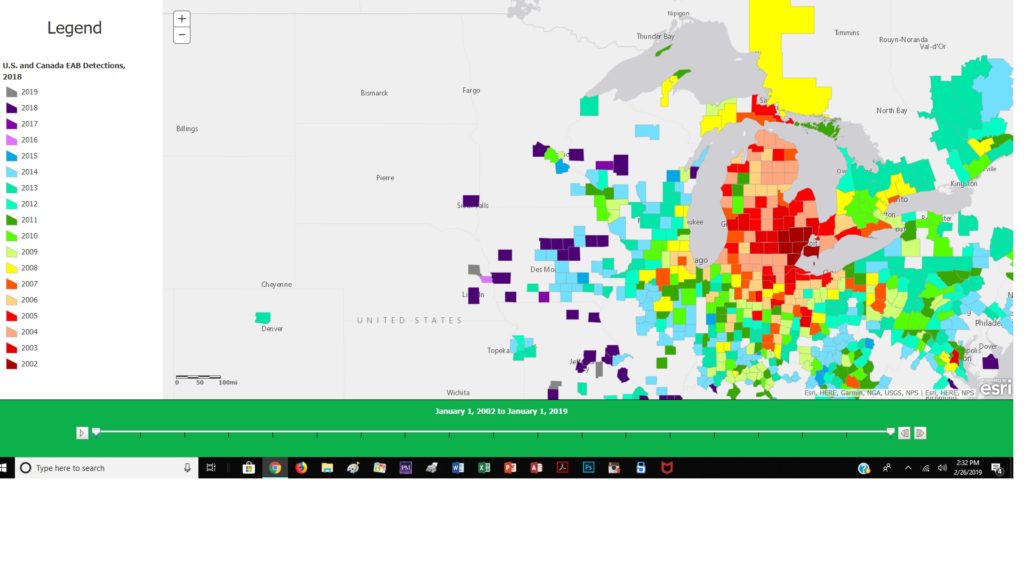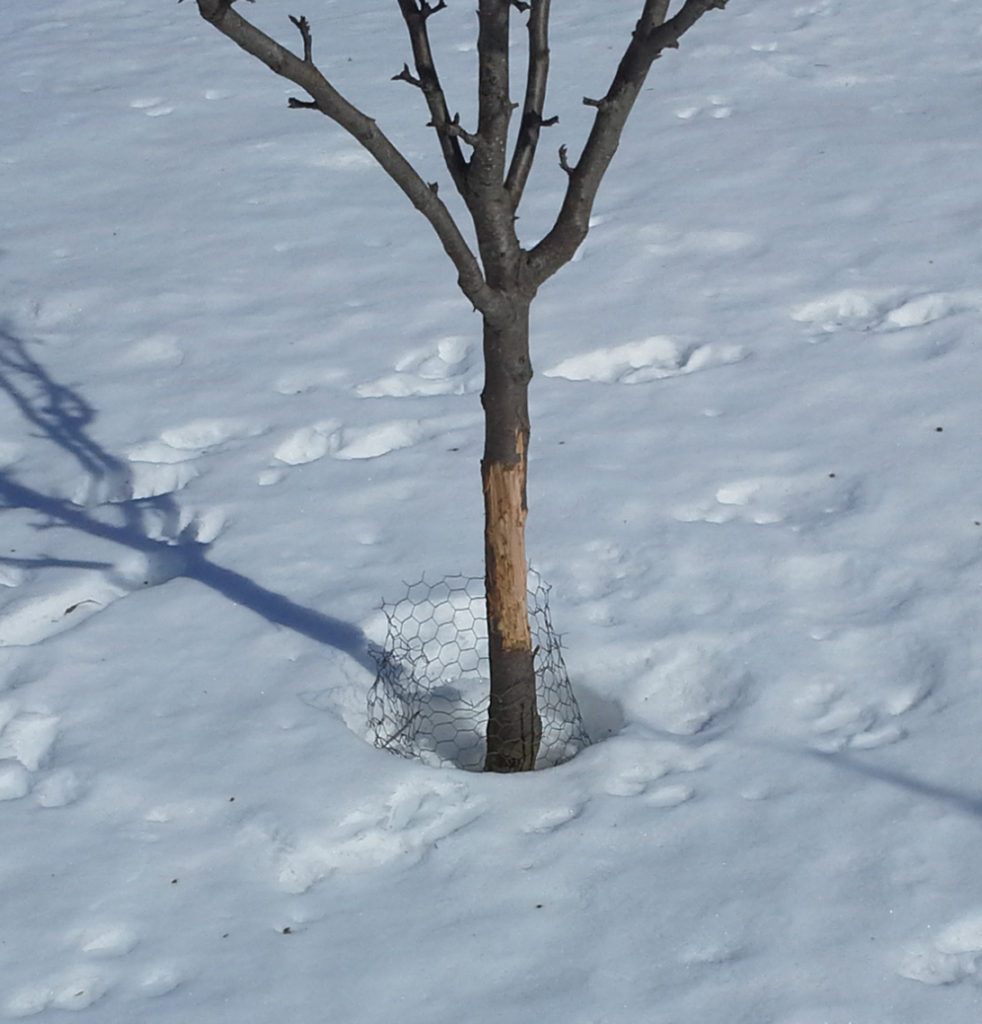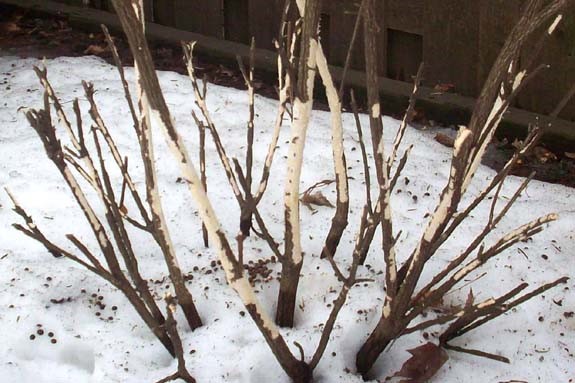Determining the light and houseplants you can grow can be daunting. The amount of light each plant needs varies and depends on the time of the year. So where as some plants will be quite happy with semi darkness permanently, others will only accept it for a limited time.
The easiest and cheapest light you can provide is the natural kind, which is achieved in most cases by simply putting the plant near a suitable window.
If you don’t have much window space (potentially because you’ve amassed a significant number of green leaved friends), or have no choice but to pick a darker spot you can substitute natural light with artificial instead.
North Facing Windows
Windows which face North never get sunlight coming through them. If the window is facing North East, or North West you’ll get some in the mornings / evenings especially during Summer. However even then for most of the day you’ll have the typical North facing aspect.
There isn’t anything inherently wrong with a North facing aspect providing your plant doesn’t demand partial or full sun as a lighting requirement.
Certain plants will absolutely thrive in this position, such as ivies, coleus and many orchids. North facing windows also provide the most consistent levels of light throughout the day, so if you’re looking to grow begonias, or a foliage plant this could be the best spot for them.
The rooms that these windows belong to also tend to be the coldest. Without any sunlight this natural heat source is nonexistent. This goes hand in hand however, and the majority of plants that thrive in these locations also do so because it’s cooler.
East Facing Windows
East facing windows receive very good light levels and natural sources of heat without either being extreme.
Some plants which thrive in the North facing aspect may also do well here, but it’s likely they’ll need a little shielding, perhaps with the help of a partially closed blind.
Don’t be afraid to experiment with a East facing aspect, it’s a good spot which a lot of houseplants will do well in, and others still, will adapt to.
South Facing Windows
Plants which demand full sun will thrive here, it provides optimum levels of light for photosynthesis, so growth can be pretty fast. Plants which prefer shady or a North facing aspect should only be put in this window during the Winter months when the sunlight is less intense.
With all this bright light comes heat and it’s very easy for the area to become incredibly warm, even hot.
You must take this into account when putting houseplants here, as very few can tolerate a very hot temperature with very strong light for any great length of time. It’s true that many from the cactus and succulent family will do wonderfully in this type of environment, but this is arguably a waste of a fantastic location. If you provide ventilation and some shielding a large number of other houseplants can also make use of this brilliant light space.
West Facing Windows
Like the East facing aspect, the sunlight is weaker than it would be around midday, but because the ambient temperature by this point of the day is likely to already be quite warm, overheating in these places can be a problem. Making sure ventilation is good and that the light becomes indirect. For example by hanging translucent / net curtains or closing blinds will drastically reduce overheating issues.
Great houseplants to put here are those which again love sun. These tend to be those which flower with many blooms along with almost all cacti and succulents.
Other things to consider
It’s not always about which aspect you decide to pick for your plant. There are other things which may play a part in your final decision
What’s outside the window?
Yes a South facing aspect would provide the most light, but only if it isn’t shaded by things naturally outside. For example a tree, large shrub or even man made objects such as other buildings can obstruct light.
What’s hanging inside the window?
It’s not always convenient to have open and bare windows. A lot of people would rather not be overlooked by their neighbours, and you may be worried about security if anyone walking past can see what you have inside your home.
If the window is heavily shielded, then the light dynamic will drastically change. The South facing window may become darker and cooler, meaning the location opens up to a greater variety of plants. On the other hand, heavy shielding in a East facing window may become unsuitable for plants which need some direct sunlight.
What’s on the window glass?
We all love clean shining windows and so do plants. Believe it or not, really grubby windows can act like a filter and reduce the amount of light that comes through by up to 10%. Be sure to keep them clean!
How far from the window are your plants?
If we pretend plants pushed right up against a window get 100% of the light that is coming through, then placing the plant on a table by the window might reduce this to 75%. The deeper into the room and further away from the window the plant is, the less light it will receive.
What’s around your plant
Reflective surfaces such as mirrors, or white objects near by, will bounce and reflect light around the plant more than if they weren’t there. This is a great way to maximise the amount of light in a room, especially if it’s low to start with.
[ngg src=”galleries” ids=”4″ display=”basic_thumbnail”]


